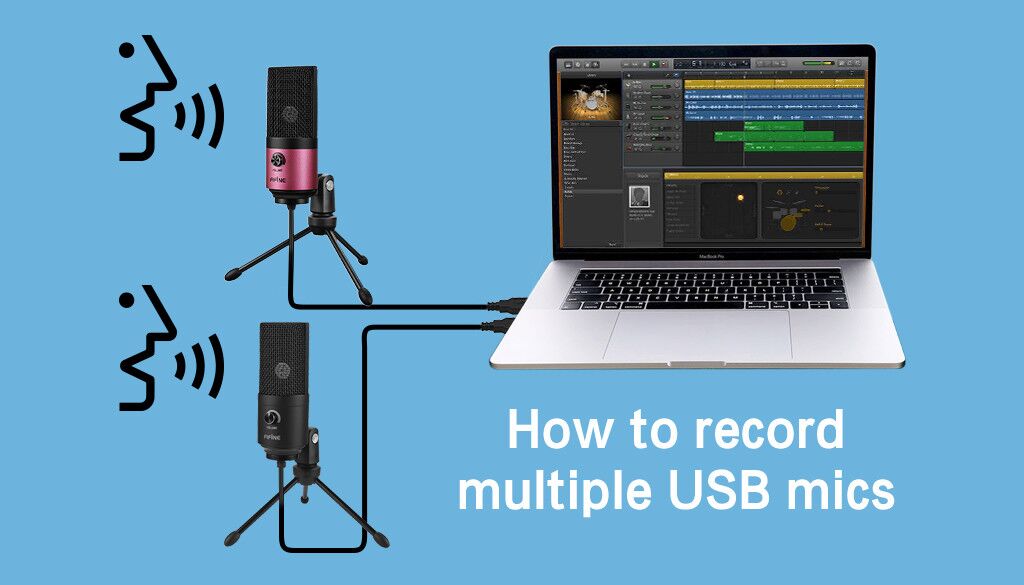

It is indeed possible to connect multiple microphones to a computer, and we’ll walk you through how to do it. Can you connect more than one mic to the same computer? More importantly, how do you do it? Well, we can tell you right now. Now, here comes the million-dollar questions. So, you may have to face the prospect of connecting multiple microphones to your computer. There is also the option of a bi-directional mic, but those are incredibly rare and expensive. Of course, this means you will need additional microphones for your guest. So just to be clear, this isn't an Audition restriction, it's a USB one.Even as a solo podcaster, you may feel the need to bring other people to speak on your podcast at some point or the other. No problems at all then, as it's the interface that makes sure all the inputs are synchronised. The best thing you can do is sell all of your multiple USB mics, get 'normal' ones and a multichannel interface. Whilst this works, it's a bad idea because you lose quality through resampling, and at any point where by chance they actually synchronise anyway, there's still likely to be a disturbance. What ASIO4ALL does is use one device as the 'master' and effectively resamples all of the others to it - or to any other available clock source.


If you can't synchronise them, then when one gets a whole cycle out of step, there'll be an almighty 'click' in your recording that you won't be able to get rid of. The problem with USB mics is that they all have their own digitisers built in, and it's inherently not possible to synchronise them to any outside source - the USB protocol simply doesn't allow for this. Now I suppose you want to know why it's such an issue, and I'll tell you. The way you do this is to create an aggregated device by using ASIO4ALL - the only software that will do this, as far as I'm aware good job it's free! Emmrecs is correct - you can't do this with multiple mics, although you can just about get away with two or at a pinch, three.


 0 kommentar(er)
0 kommentar(er)
